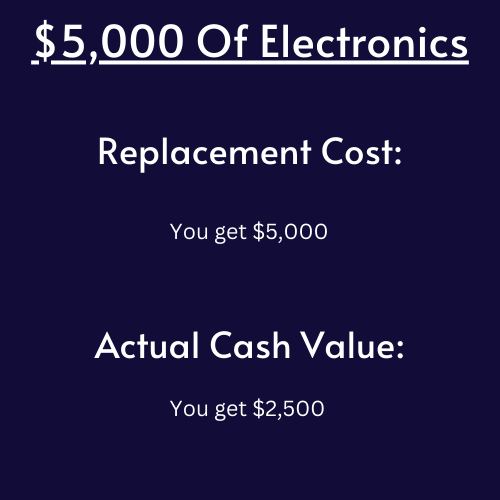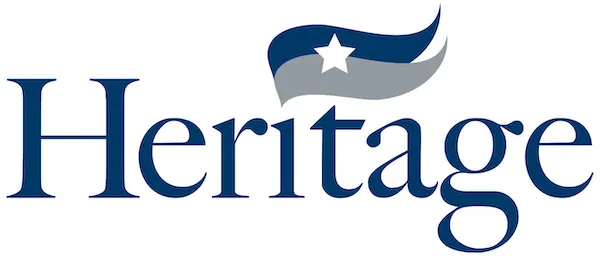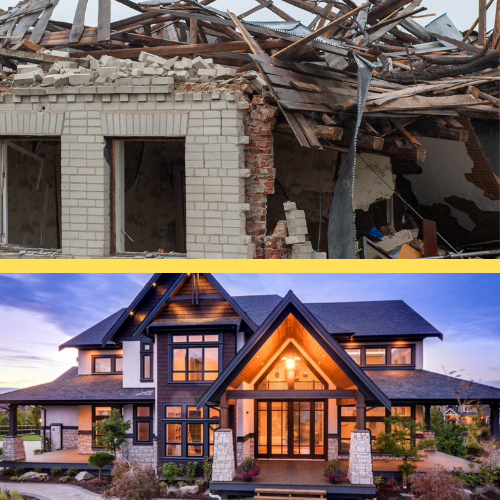What is the difference between “Actual Cash Value” (ACV) AND “Replacement cost value” (RCV)? Which one is better? There are huge differences between these two coverages and if you have a homeowner’s insurance policy you need to know the difference.
Let’s discuss these two coverages then you can go and check your homeowner’s insurance policy to make sure you have the correct coverage. We need to talk about two types of property that are generally insured under a normal homeowner’s policy.
Table of Contents
ACV vs. RCV: Two Types Of Property Coverage On Homeowners Insurance Policy
There are two types of property that are generally insured under a normal homeowners policy. Before we can discuss RCV vs. ACV, you need to have a proper understanding of these things.
Dwelling Coverage
The first type of property is your dwelling. This falls under the dwelling coverage. The dwelling is the actual physical structure of your home. The walls, the roof, the ceiling, the flooring, the cabinets that are permanently attached to the structure of your home, etc.
All of those things make up the dwelling which fall under dwelling coverage.
Personal Property
The second type of property is personal property. That’s all your stuff that you own. Your computers, your TVs, your furniture, your clothes, your toys, everything that is not part of the physical, actual structure of your home (for the most part) falls under personal property.
Keep those two pieces of property in mind as we talk about the difference between ACV And RCV.
Actual Cash Value Homeowners Policy
Actual cash value will pay you what your property is worth right now, today. It doesn’t matter if you bought it three years ago and now it’s only worth $500. That’s what you’re going to get. You’re going to get what it’s worth right now today.
Replacement Cost Value Homeowners Policy
Contrast that with replacement cost value which pays you what it would take to replace your old property with new property today.
Examples of ACV vs RCV
Here are some examples that help break it down and helps you better understand:
So let’s just take an individual that lives in a home, has homeowners insurance and has $5,000 worth of electronics. He has some laptops, he has some tvs, some sound equipment, maybe some camera equipment, all of that is worth $5,000.
This individual bought all of this stuff about three years ago.
Let’s say somebody breaks in their house and steals all of it.
If you had actual cash value: You bought all of your electronics three years ago, you spent $5,000. As we know, electronics depreciate pretty quickly. So the actual cash value, how much it’s worth right now, three years later is not $5,000. It’s probably only worth $2500.
So if you have actual cash value when you file a claim, the insurance company will come in and say “I’m sorry you paid $5000 for all of this, but today it’s only worth $2500. So here’s a check for $2500.”
Good luck going out and replacing all of this.
If you had replacement cost: So three years ago, when you bought all of this, it was worth $5,000. Today, it’s not worth that much.
However, replacement cost value pays you to go out and replace your damaged or stolen property with new property, today. So the insurance company is going to look at everything and say “yep in order to replace all of this you need $5,000. Here’s a check for $5,000 go out and replace all of it.”
Okay that’s a huge difference right there.
You can already see replacement cost value is the coverage that you want on your homeowners insurance policy.

What Coverage Comes Standard On Homeowners Insurance?
It’s important to point out that most every insurance policy, when it comes to dwelling coverage, is typically going to be covered on replacement cost value almost automatically. It’s still important to check because there still are some pretty bad policies out there that would give actual cash value.
However it’s important to point out when it comes to dwelling and replacement cost coverage that there are still some nuances and variances when it comes to that coverage.
Different Types of Replacement Cost On Dwelling Coverage
The first type is called extended RCV or extended replacement cost value. Let’s say your home burns completely to the ground. Prices have changed; there’s inflation and even with replacement cost value they’re not going to be able to fully replace your dwelling.
Well if you have extended replacement cost with an additional 25%, they’ll give you 25% above and beyond what your actual dwelling coverage was.
Example: Let’s say you have a home that’s worth $100,000. It burns to the ground.
The insurance company is going to give you that $100,000 but also an additional $25,000 to repair your home, should it end up costing that much.
The second one is guaranteed RCV. This essentially means that the insurance company guarantees to replace or repair your dwelling, no matter how much it costs to do so.
Example: Let’s say you have a home and you and the insurance company decide you need to insure it for $500,000. Now let’s say your home burns completely to the ground. With updated prices and inflation, everything has gone up and it’s actually going to cost $600,000 to completely replace your home. Well if you have guaranteed replacement cost value, that means they guaranteed to rebuild your home at no matter what cost it cost to to rebuild it. So you have that guaranteed it doesn’t matter if it costs 600,000 or 700,000 or $800,000, they are going to rebuild your dwelling.
They are guaranteeing that they are going to replace your dwelling and they’re going to replace it like it’s new. They’re not going to try to use old parts or anything to that nature it’s going to be repaired and replaced as if it were brand new. So that’s the two variances when it comes to replacement costs.
How Do I Know If I Have RCV or ACV?
When shopping for a new insurance policy, the agent or broker you’re dealing with should be able to tell you and show you on the quote if you have RCV or ACV. If you have an existing policy and you’re trying to figure out what coverage you have, you have 2 options:
You can look through your policy and it should be listed there. You probably wont see the abbreviations of RCV or ACV, but it will be spelled out as “Replacement Cost Value” or “Actual Cost Value”. It should be listed right on your declarations page, but each company is different and sometimes it can be hard to see or understand.
The second option is to simply call your insurance agent or broker and ask them. They should be able to easily look at your policy and let you know. Once the coverage is on the policy, it should stay there for the remainder of your policy.
ACV vs ACV For Your Roof
When it comes to your roof, this coverage can make a huge difference. Let’s give an example:
Let’s say a new roof costs $30,000. Based on its lifespan, if that roof is 10 years old, it would only be worth $15,000 (as it loses value each year).
So when a hail storm comes through and destroys your roof, and you only have acv or actual cash value coverage for your roof, you are only getting $15,000. That’s obviously not enough to replace your roof with a new one! This would put you in a bad spot financially!
Of course with RCV, your roof would be replaced with a new $30,000 roof.
Which is Better?
We think it’s clear to see that replacement cost is the way to go. Make sure you have replacement cost on on your homeowners insurance policy. If you aren’t sure, call your insurance agent and ask. They should quickly be able to tell you and they should be able to add it on if you don’t.


